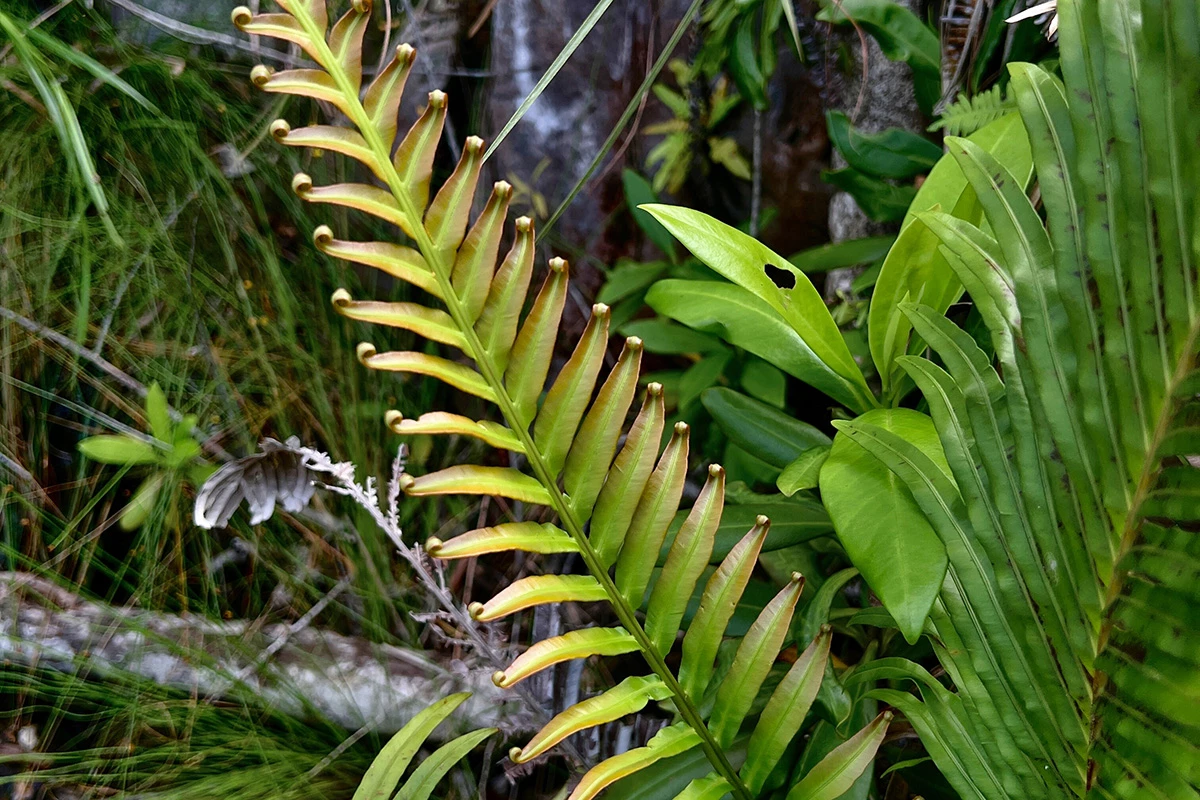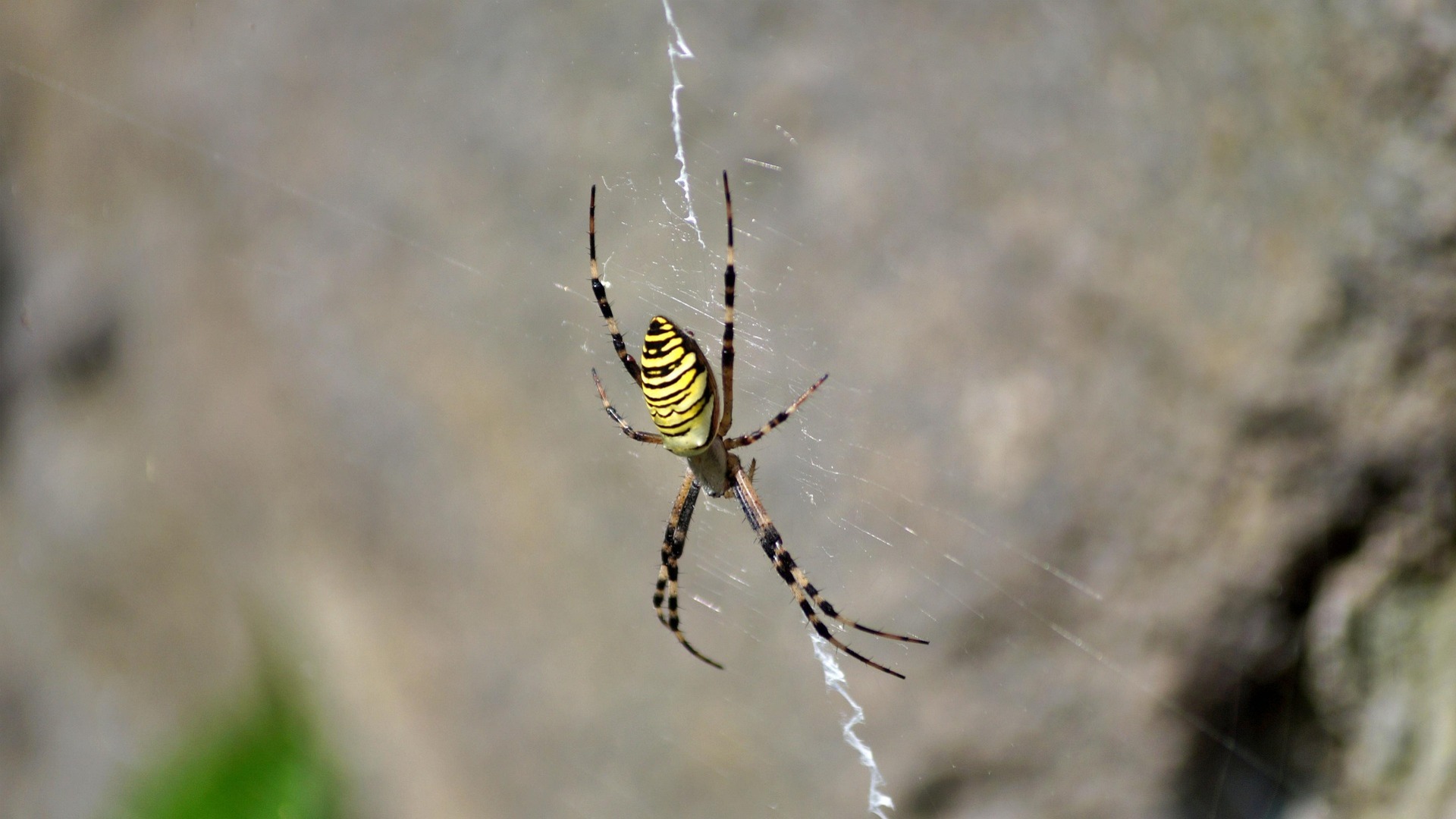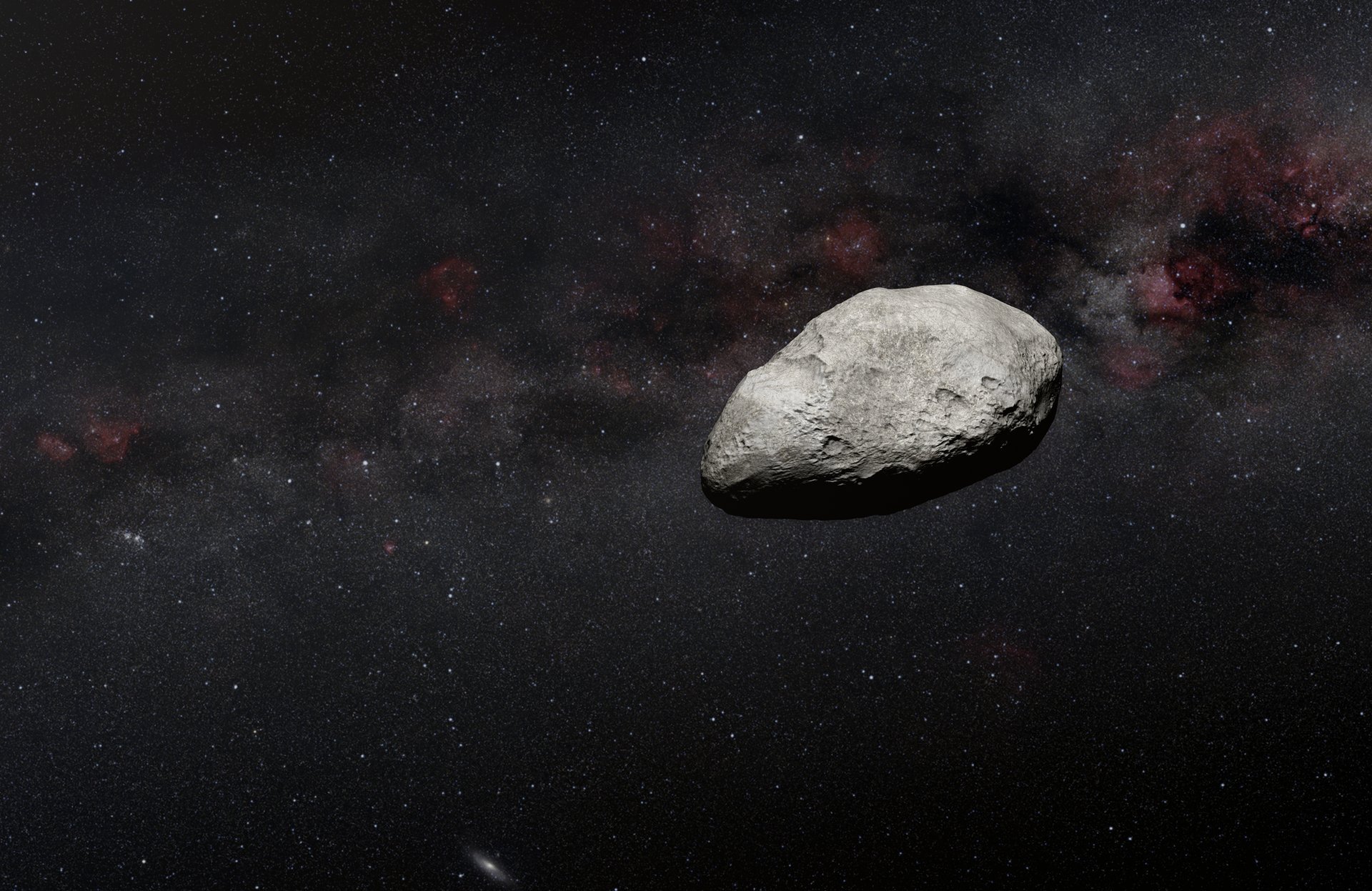A team of scientists in China has made a groundbreaking discovery: the fern species Blechnum orientale can naturally crystallize rare earth elements (REEs) within its tissues. This finding, published in the journal Environmental Science & Technology earlier this month, could significantly alter the way these essential materials are sourced. REEs are vital for the production of numerous technological products, including electric vehicles, smartphones, and wind turbines.
Typically, extracting REEs requires destructive mining methods that can harm the environment, including topsoil erosion and pollution of air and water. The research led by geochemist Liuqing He from the Chinese Academy of Sciences highlights a more sustainable approach to obtaining these materials. Unlike traditional methods where REEs are found in limited quantities within specific types of igneous rocks, Blechnum orientale demonstrates the ability to absorb REEs from the soil and mineralize them in a much more accessible manner.
Understanding the Mechanism
The fern is classified as a hyperaccumulator plant, meaning it thrives in soil with high concentrations of heavy metals that would typically be toxic to other species. This unique characteristic allows it to absorb and concentrate REEs, which are not as rare as their name suggests but are not typically found in large quantities like gold. According to He, the fern can facilitate the formation of the mineral monazite, which is a significant source of REEs. This mineral has previously only been found in high-temperature and high-pressure conditions deep within the Earth.
“Our discovery reveals that monazite can form under normal surface conditions,” He explained. This has profound implications for the extraction and availability of REEs, especially as countries around the world strive to secure these materials for their technological advancements.
Potential for Phytomining
The research employed advanced microscopic imaging and chemical analysis techniques to observe the fern’s growth in South China. The findings suggest the potential for a process known as phytomining, which utilizes hyperaccumulator plants to extract metals from soil more sustainably.
While Blechnum orientale is not yet producing REEs in large quantities, the study reveals a promising avenue for further exploration in the field of phytomining. The researchers aim to determine if other plant species possess similar capabilities for organizing REEs and hope to develop efficient methods to extract monazite and break it down into its constituent REEs without significant loss of resources.
In modern technology, REEs such as neodymium, dysprosium, and praseodymium are crucial components of the powerful permanent magnets used in electric vehicles. They are also found in smartphones, where they contribute to displays, speakers, and cameras.
The implications of this discovery extend beyond environmental benefits; they could help mitigate the current dominance of China in the global REE supply chain, which currently controls approximately 70% of rare earth mining and processing.
In summary, the identification of Blechnum orientale as a natural source of REEs presents an innovative and environmentally friendly alternative to traditional mining practices. As research continues, it may unlock new methods for obtaining these vital materials while reducing ecological damage and supporting technological growth.







